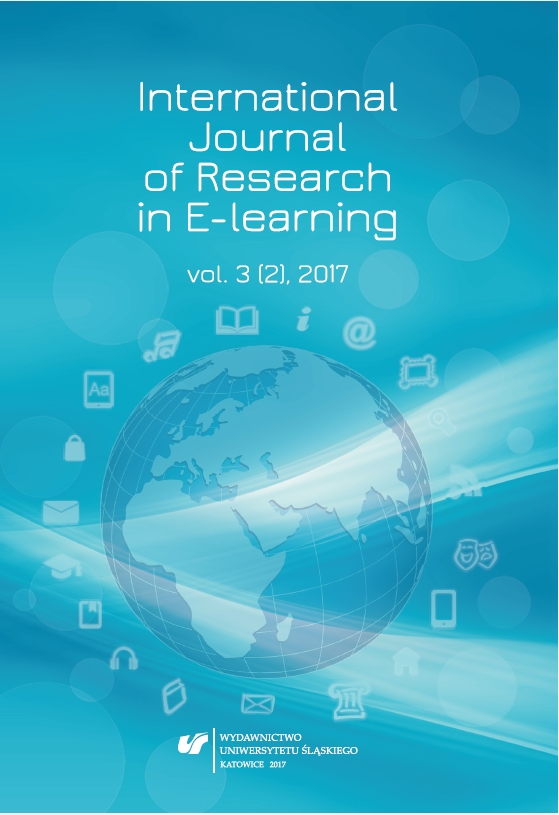

In the foreseeable future multimedia will not replace natural teaching tools. However, there are a number of didactic situations where the use of indirect forms of reality description is advisable or even necessary.
The article aims to present elementary pedagogical practice in the field of contemporary educational technologies and to show the creative quest and reflexive enrichment of the pedagogical style of teaching, in which particular skills are used. The presented problems contribute to future research into the analysis of teachers’ skills development in terms of the use of computer programmes in school management.
What presents a challenge to the Digital School is education in cyberspace, e-learning, new technologies and solutions, accompanied by simultaneous prevention of media-related risks. Schools need to keep abreast of the rapidly changing reality – only in this way can they produce beneficial educational results for society in the 21st century.
Download files
Citation rules

Vol. 3 No. 2 (2017)
Published: 2017-06-13